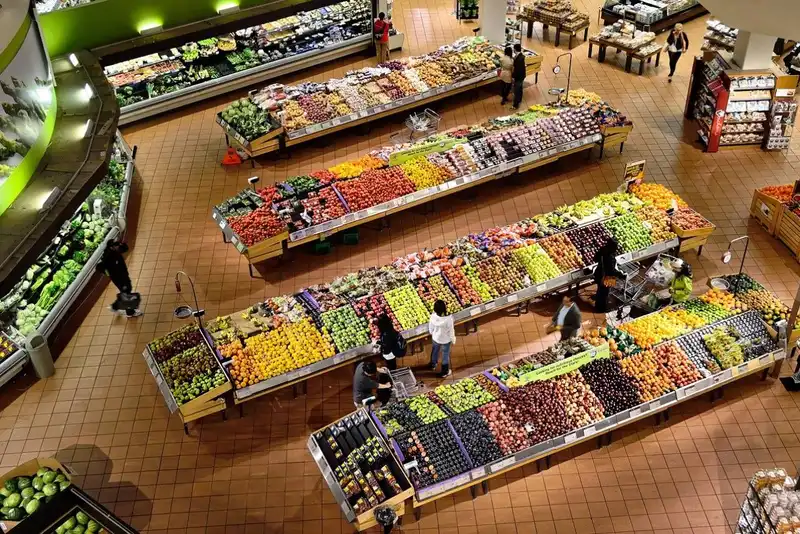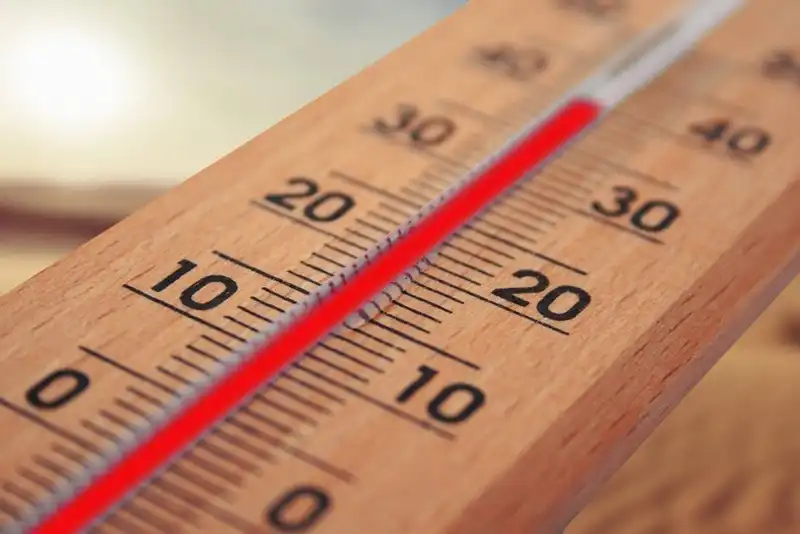A Guide to Maintaining Proper Food Storage Temperatures

What are Proper Storage Rules?
With an estimated 48 million people in the United States becoming ill from foodborne illness each year, food storage temperature is an important consideration for all food service professionals. Knowing which temperatures keep food safest and at the highest quality will decrease foodborne illness and increase customer satisfaction levels.
General food storage guidelines include-
1. Place perishables in the refrigerator freezer or refrigerator as soon as possible. Food items that require refrigeration should never be left out for more than 2 hours, or 1 hour if the room temperature is over 90 degrees Fahrenheit.
2. Maintain proper storage temperatures depending on what storage area you are using. For freezer storage keep the temperature around 0 degrees fahrenheit. A refrigerator temperature should always read below 40 degrees Fahrenheit.
A dry storage area that contains products like canned goods should have its room temperature closely monitored as well as its humidity levels. A dry storage area should not exceed a room temperature of 70 degrees Fahrenheit and should ideally measure at a 15% humidity level.
3. Check temperature of food stored regardless of what storage area it is in. Both chilled and frozen food should be regularly checked by internal temperature thermometers.
4. Frozen food is a great option for long term food storage if done correctly. Contrary to popular belief, food quality and nutritional value does not reduce significantly if frozen food is properly stored and is not kept for an excessive amount of time.
Freezer storage can help keep bacteria levels down but there will be a food quality decrease if food is stored indefinitely. Research specific storage temperatures that are ideal for each food type you plan to freeze.
5. Food service professionals should understand the proper way to keep foods stored depending on the product type. Research which temperatures and what storage area to keep food at the highest food quality and food safety levels possible.
The Danger Zone

The temperature danger zone is between 41 and 135 degrees Fahrenheit. In this zone, bacteria grow rapidly and the chance of a customer contracting foodborne illness is increased.
Between the temperature range of 70 and 125 degrees Fahrenheit is where the most rapid bacteria growth occurs. In general, food products should never be in the danger zone for more than 2 hours.
Keep cold food safe at or below 40 degrees Fahrenheit and keep hot food safe at or above 140 degrees Fahrenheit. It is a food service best practice to keep food out of the danger zone whenever reasonable. If food must enter the danger zone, it should be for the smallest amount of time possible.
A storage chart can be helpful for recording food temperature and storage temperatures in order to track the time that food has spent in the danger zone. Keep food safe and high quality by monitoring a range of temperatures including room temperature and internal temperature readings.
Storage for Beef, Poultry, Pork and Produce

In the United States alone foodborne illness results in the death of an estimated 3,000 people each year. With proper food storage protocol focused on food safety and food quality optimization, many of these foodborne illness cases could have been prevented altogether.
There are different food storage guidelines for beef, poultry, pork, and produce for food service professionals to research and implement. Generally beef, poultry, and pork have similar storage times in the refrigerator, usually 1-2 days for cooked ground meats and up to 3-5 days for larger cuts.
Uncooked meats have a longer storage life than cooked meats, and a refrigerator freezer can keep meats for much longer than a refrigerator can. It is important to research specific meat types, defining if a food is already cooked or raw, as well as always adhering to best by dates labeled on the product you are storing.
Similarly, for produce, it is best to individually research how to properly store a produce item. There are vast differences between how long different produce types can be kept in a refrigerator, ranging from potatoes lasting for days to apples lasting for months.
Produce is generally stored in a specialized compartment that keeps higher humidity levels for vegetables and lower humidity levels for fruits. With adequate research, food service professionals can keep food as safe and high quality as possible throughout the storage process.
Conclusion
- In the United States there are an estimated 48 million people who contract foodborne illness per year. 3,000 of these people will die as a result of foodborne illness contraction.
- Providing safe food that is high quality should always be the top priority of food service businesses.
- There are many best practice techniques to provide safe food to customers, ranging from manually taking your refrigerator temperature to avoiding the danger zone whenever possible.
- Research specific safe food storage and temperature practices for each food type.